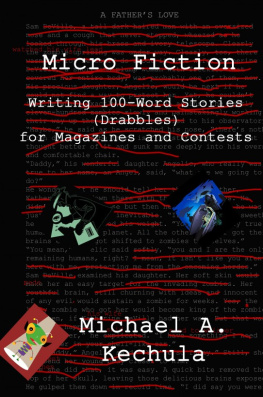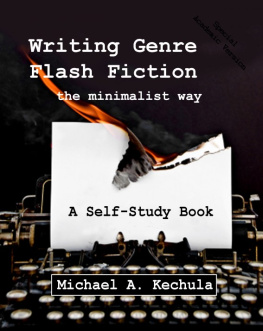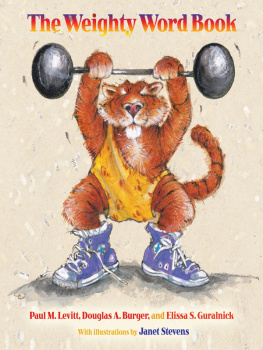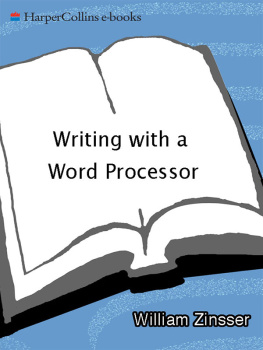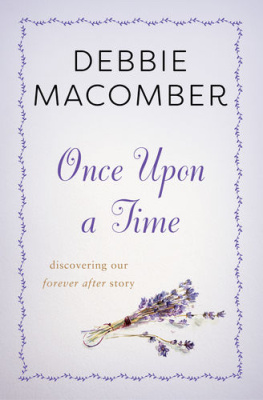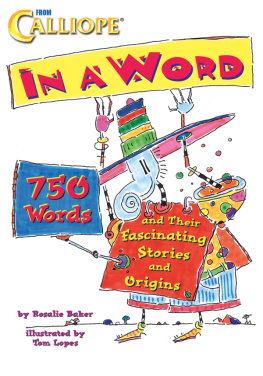MICRO FICTION
Writing 100-WordStories
(Drabbles)
For Magazines andContests
A Self StudyTutorial
Michael A.Kechula
Published by BooksForABuck.com atSmashwords
Copyright 2014 by Michael A. Kechula
This ebook is licensed for your personal enjoymentonly. This ebook may not be re-sold or given away to other people.If you would like to share this book with another person, pleasepurchase an additional copy for each person you share it with. Ifyoure reading this book and did not purchase it, or it was notpurchased for your use only, then you should return toSmashwords.com and purchase your own copy. Thank you for respectingthe hard work of this author.
About Writing
Getting published and winning contests are based on anumber of unpredictable factors which are out of the authors andpublishers control and are associated with the vagaries of thepublishing industry. The author and publisher cant guarantee thatreaders of this book will ever get a drabble published, or win adrabble-writing contest even after learning and applying all thetechniques in this book. Further, because of individual learningdifferences, the author and publisher cant guarantee that readerswill be able to comprehend and implement everything contained inthis book.
ACKNOWLEDGEMENT
This book is dedicated to my life-longguide and illuminator, THG, and to the late Dr. B. F. Skinner,Psychologist and Harvard Professor. Dr. Skinners extraordinarybook, The Technology of Teaching, profoundly changed the authorslife.
MENU
INTRODUCTION
CHAPTER 1: Drabble Basics
Definition of Drabble
Characteristics of Literary Drabbles
Characteristics of Genre Drabbles
Characteristics of Anecdotal Drabbles
CHAPTER 2: Drabble Development Process
Step 1: Decide What to Write
Step 2: Use Minimalist Approach
Step 3: Create First Draft
Step 4: Count Words
Step 5: Read Drabble
Step 6: Edit Drabble
Step 7: Repeat Steps 4 through 6
Step 8: Check Spelling
Step 9: Count Words in Final Draft
CHAPTER 3: Before You Begin
Be a Storyteller
Tell, Not Show
Make Stories Event-Driven
Avoid Mundane Plots
Write Clear Sentences
Include Dialogue
CHAPTER 4: Minimalist Openers
Hooks
Quick Setup
Changing the Subject
Weather Reports
Trivial Details
Cryptic Sentences
Inflated Prose
CHAPTER 5: Minimalist Characters
Last Names
Complicated Names
Repetition of Titles
Clothing
Facial Expressions
Watching, Glancing, Glaring
Turning
Body Movements
Sighs
Smiles
Nods
Head Shakes
Shrugs
Cookbook Procedures
Impossible Mannerisms
Pauses
Entrances and Exits
Flashbacks
CHAPTER 6: Developing Minimalist Dialogue
Concise Dialogue
Contractions
Substandard English
Unclear Dialogue
Action Tags
Repetition
Interruptions
Slang
Foreign Words
Regional Dialects
Idiomatic Expressions
Said Bookisms
Speaking Descriptions
CHAPTER 7: Developing Minimalist Narrative Part1
Inflated Prose
Trivial Details
Ornate Prose
Similes
Repetition
Facts of Existence
What Isnt
And
The and That
Numbers
CHAPTER 8: Developing Minimalist Narrative Part2
Beginning To
Logic Errors
Transitions
Telling Then Correcting
Passive to Active
There or It
Character Motives
Cryptic Sentences
Obscure Words
CHAPTER 9: Anatomy of a Prize Winning Drabble
Contest Guidelines
What We Developed
The Drabble that Won
Questions on Structure and Content
Minimalist Techniques in the Story
Scenes and Events
Twist
Word Economy Exercise
Answers for Word Economy Exercise
Books by Michael A. Kechula
INTRODUCTION
Are you eager to get published in magazines as quicklyand often as possible? One way to do that is to learn how to write100-word micro-fiction stories called drabbles. Theres acontinuing demand for them by editors of online and printmagazines. Besides that, writing contests that specialize indrabbles are held regularly. Why not exploit the demand bydeveloping and submitting some drabbles?
Perhaps youve never tried to write such tinytales, and dont know how to craft them. One way to learn is toreview all the topics in this book and complete all theexercises.
Here are some things to know about thisbook:
Its a self-study tutorial designed to teachyou how to write genre fiction drabbles that tell completestories.
It was written by an author who developedself-study books and online distance-learning courses for the IBMCorporation and other Fortune 500 companies.
It was written after the author analyzed andcritiqued hundreds of drabbles written by his students and others.The contents are based on a minimalist approach the authordeveloped to transform dozens of novelists and short story writersinto drabble authors.
It contains 9 chapters consisting of 76topics, 425 examples, and 165 drill and practice questions.
It includes a Word Economy Exerciseconsisting of 125 questions
It presents examples of drabbles that woncontests and were published in magazines.
Chapters and topics vary in size, dependingon their level of complexity. We suggest you repeat any topic anynumber of times until you feel youve mastered the contents.
As you proceed through the chapters, wellpresent some information, show examples, then ask questions aboutwhat you just read. All questions begin with Q followed by anumber. If you have the eBook version, have a pencil and plenty ofpaper available to answer the questions. If you have the paperbackversion, write your answers in this book.
Answers for all questions within eachchapter are available at the end of the chapter. Answers for theWord Reduction Exercise are at the end of that exercise.
Most questions are drill-and-practiceexercises to reinforce what you just learned. They allow you tomonitor your progress in absorbing the tutorials and putting theminto practice. The ultimate goal is to prepare you to developdrabbles that will attract the attention of magazine and contesteditors.
If youre ready to learn how to write drabbles theminimalist way, lets get started
CHAPTER 1: DRABBLE BASICS
This chapter covers the followingtopics:
Definition of Drabble
Characteristics of Literary Drabbles
Characteristics of Genre Drabbles
Characteristics of Anecdotal Drabbles
DEFINITION OF DRABBLE
A drabble is a complete story thats told inexactly 100 words, not counting the title. A drabble is the onlyform of fictional story-telling prose that has such an exact,rigid, and enforced word requirement.
Q1: What is the allowable word count for adrabble? _____
Q2: A story containing exactly 100-words iscalled a ______________.
Some authors erroneously think the word drabbleis just a new name for a vignette. However, three notabledifferences distinguish drabbles from vignettes:
Drabbles tell complete stories, but vignettesdont.
Drabbles are restricted to precisely 100 words,but vignettes can have as many words as an author wishes.
Drabbles take several hours to develop, butvignettes can be developed as fast as you can enter words into aword processor.
Q3: Name one of the differences between drabblesand vignettes. ________________________________________
Next page
